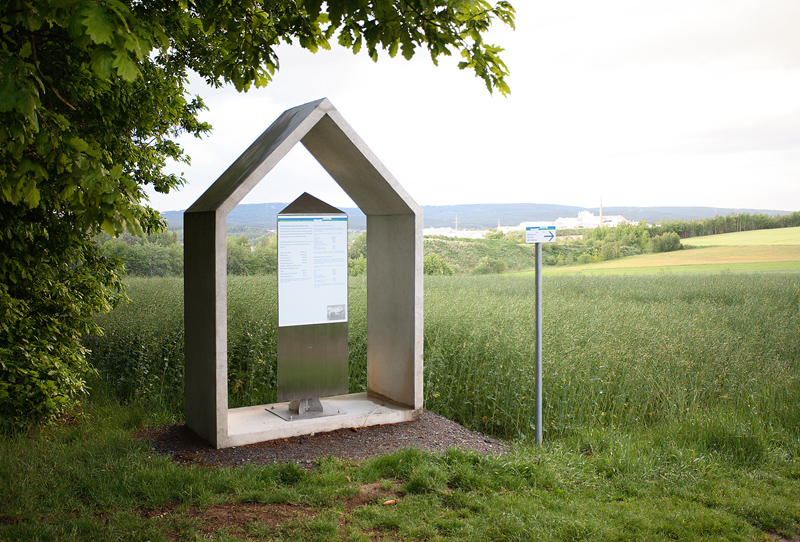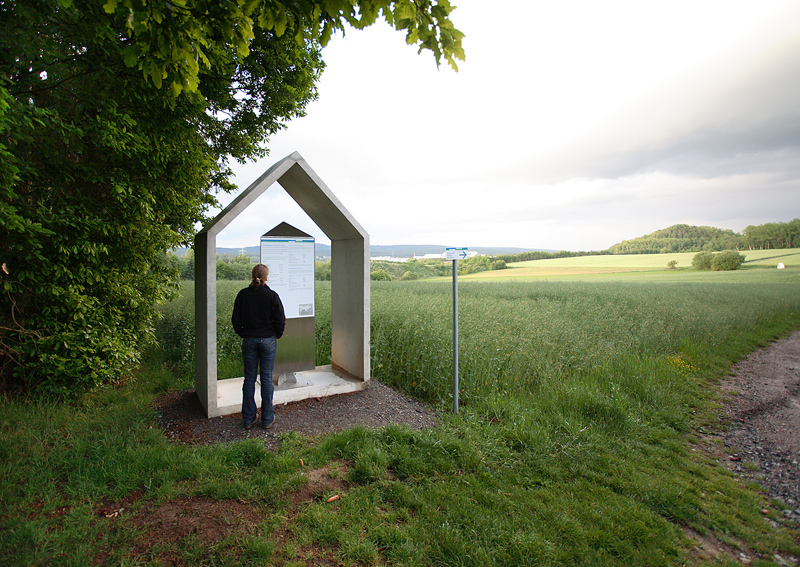<< Station 6 | Back to industrial trail | Station 8 >>


Safeguarding reserves, environmental protection; sustainability
Mineral deposits are restricted to certain districts and sites, and cannot be multiplied. Mining them affects a certain area and depth of land, and has to be reconcilable with the needs of other local reserves, such as water or flora and fauna, as well as with other uses requiring extensive areas of land, such as agriculture and building.
For economic and socio-political reasons, it is necessary in the context of public provision and planning to decide at an early stage which uses should be given priority in a specific region or during a specific period of time.
Safeguarding resources for the future
The use of natural resources found in Germany makes an important contribution to maintaining our quality of life and to improving it further. The safeguarding of these resources is thus a way of providing for the future.
Average annual per capita consumption of minerals from Germany in Bavaria
| sand and gravel | 7.000 kg |
| stone | 2.900 kg |
| clay | 830 kg |
| cement | 720 kg |
| industrial minerals (kaolin, feldspar, quartz, salt, bentonite, silica ,etc) | 625 kg |
| lime | 250 kg |
| natural gypsum and anhydrite | 85 kg |
| natural building stone | 30 kg |
Source: Bavarian Ministry of Economics, Transport and Technology:
Mineral Resources in Bavaria, Situation – Prognoses – Programme, 2002, 120pp
Landscape and the natural environment
Mining is a form of interference with the landscape and the natural world in the sense defined by Article 6, Paragraph 1 of Bavaria’s Environmental Protection Act. The extraction of raw materials found close to the surface changes the appearance and the use of the earth’s surface and, by disturbing the uppermost layer with its animal and vegetable organisms, can have a considerable or lasting effect on the natural balance, on the appearance of the landscape and thus on the enjoyment of nature.
If the interference with the landscape and the natural environment is unavoidable, Article 6a, Paragraph 1 of the law requires compensating measures to be undertaken. Where it will be impossible to repair the damage, the following points must be considered: the proposed alterations must be prohibited if the need to protect nature has higher priority; if the need for raw materials is of greater importance, then compensating measure must be undertaken.
Plans for recultivation and restoration which have been agreed with the environmental protection agencies can help to achieve a balance between environmental protection and the conservation of the landscape, on the one hand, and the necessity of safeguarding raw materials, on the other.
A plan has been drawn up for the regeneration of the Hirschau-Schnaittenbach mines and is to be implemented step by step. The ultimate aim is to establish a recreation area for the local population. The creation of a number of lakes will provide numerous leisure amenities.
